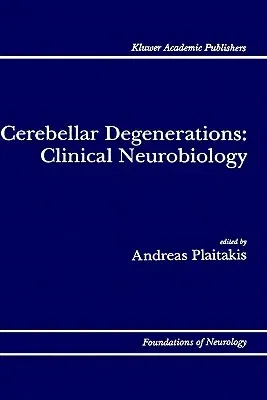This book encompasses basic and clinical reports on the cerebellum and
its primary atrophic disorders, the cerebellar degenerations. Rapid
progress has been made in undestanding the organization and function of
the cerebellum at the neuronal, synaptic, and molecular level. Of
particular importance has been the identification of the chemical
transmitters utilized by the cer- ebellar cellular systems. More than
any other brain region, the cerebellum utilizes amino acids as its main
excitatory and inhibitory neurotransmitters. Excitatory amino acid
transmitters, in addition to serving neuronal com- munication, may also
mediate trophic and toxic effects, and as such, they may playa role in
neurodegenerative processes. The cerebellar degenerations were among the
first human disorders with primary system atrophy to be studied
clinically and pathologically. This field of clinical cerebellar
sciences, no longer confined to the previously known descriptive level,
is now advancing rapidly, propelled by rapid advances in neuroimaging,
immunology, and molecular biology. The advent of CT, MRI, and PET has in
recent years permitted the study of central nervous system alterations
in living patients, thus contributing substantially to the accuracy of
the diagnosis and the classification of these disorders. The nosology of
cerebellar degenerations, which has been the subject of much debate for
over a century, is presently a dynamic field, with new entities being
recognized and old "classic ataxias" being redefined in the light of new
genetic evidence.

